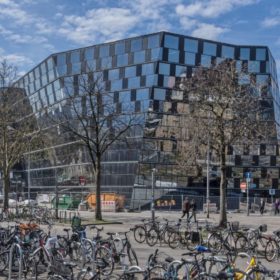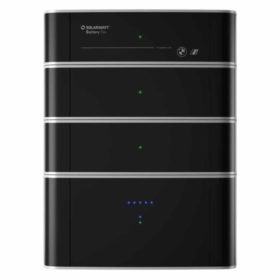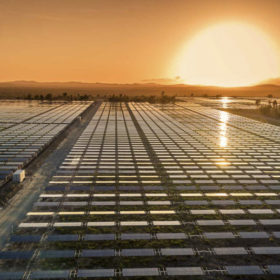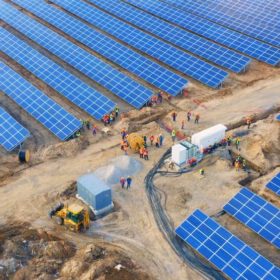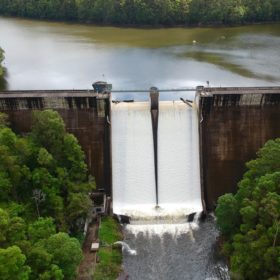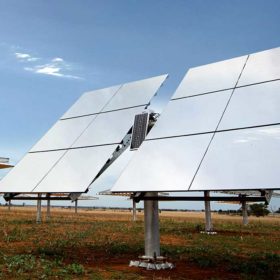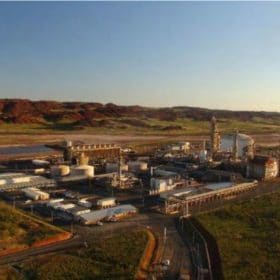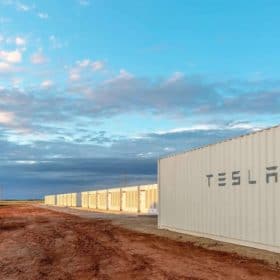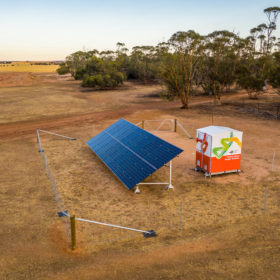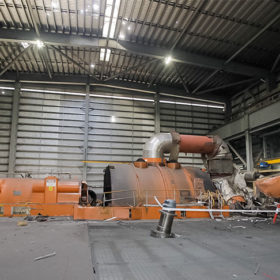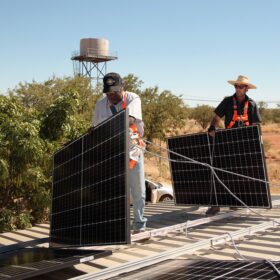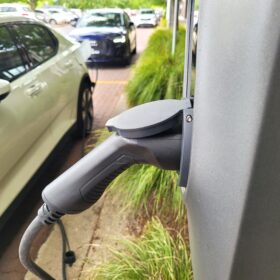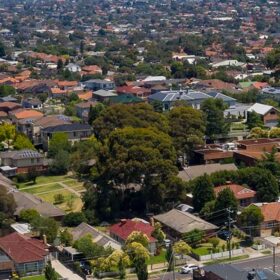Investigating all-manganese flow batteries
Scientists in Germany fabricated an all-manganese flow battery, which they say serves as a proof of concept for the potential of such devices. Their results working with various battery configurations show that cheap, abundant manganese has plenty of potential for flow battery applications; and is worthy of further investigation in the frame of developing sustainable energy storage technologies.
Solarwatt, BMW launch new storage system for residential PV
The smallest of the storage units has a capacity of 4.8 kWh and an output of 1.5 kW. It can be expanded to eight battery modules in steps of 2.4 kWh and has a maximum of 57.6 kWh, and 6 kW, of power.
Queensland commits $2bn to renewable energy projects
The Queensland government has underscored its commitment to a clean energy future, announcing a $2 billion fund to be used to finance new renewable energy and storage projects, hydrogen production and clean energy resources projects.
Solar & wind still cheapest generation sources in Australia, despite costly integration, CSIRO finds
Australia’s national science agency, the CSIRO, and the Australian Energy Market Operator have found even when factoring in additional ‘integration’ costs such as storage and new transmission infrastructure, solar and wind continue to be the cheapest sources of new-build electricity generation in Australia.
1 GW pumped hydro project progresses in Queensland, state minister pushes for ‘deserved’ federal contribution
The Queensland government has today announced $22 million for detailed design and cost analysis for a new pumped hydro facility at Borumba Dam, west of the Sunshine Coast.
World-first ‘solar hydro’ plant to be built in Victoria, promising 17 hours of storage for $27m
Australian technology company RayGen Resources has received funding to build a 3 MW/50 MWh ‘solar hydro’ power plant. Described by ARENA as the “first of a kind,” it is being lauded as one of the largest and lowest cost storage projects undertaken in the country. Energy giant AGL has also come onboard and will assess whether the technology would be suitable for its soon-to-retire Liddell facility.
Helping companies take a smart path to net zero, and reliably account for their impacts
It’s one thing to set a target for net zero, another to chart a course that will get you there in competitive form. Services are emerging to bridge the gap.
Software can reimagine breakthrough battery tech to power the electric future
By understanding the challenges that impacted the solar industry, battery material manufacturers will be better equipped to scale next-generation technologies from the lab to have a real-world impact.
Hybrid Systems unveils ‘world’s biggest’ SPS factory as it targets growing market
Solar and battery microgrid specialist Hybrid Systems Australia has announced it will establish the “world’s biggest” standalone power system manufacturing facility in Western Australia as it looks to cater for growing demand for the technology.
Conservation Council calls for big battery to replace Callide turbine
The Queensland Conservation Council has joined a chorus of voices calling on the State Government to abandon plans to rebuild the ageing Callide turbine after it was severely damaged by an explosion and fire, sparking the state’s worst power outage in decades.
